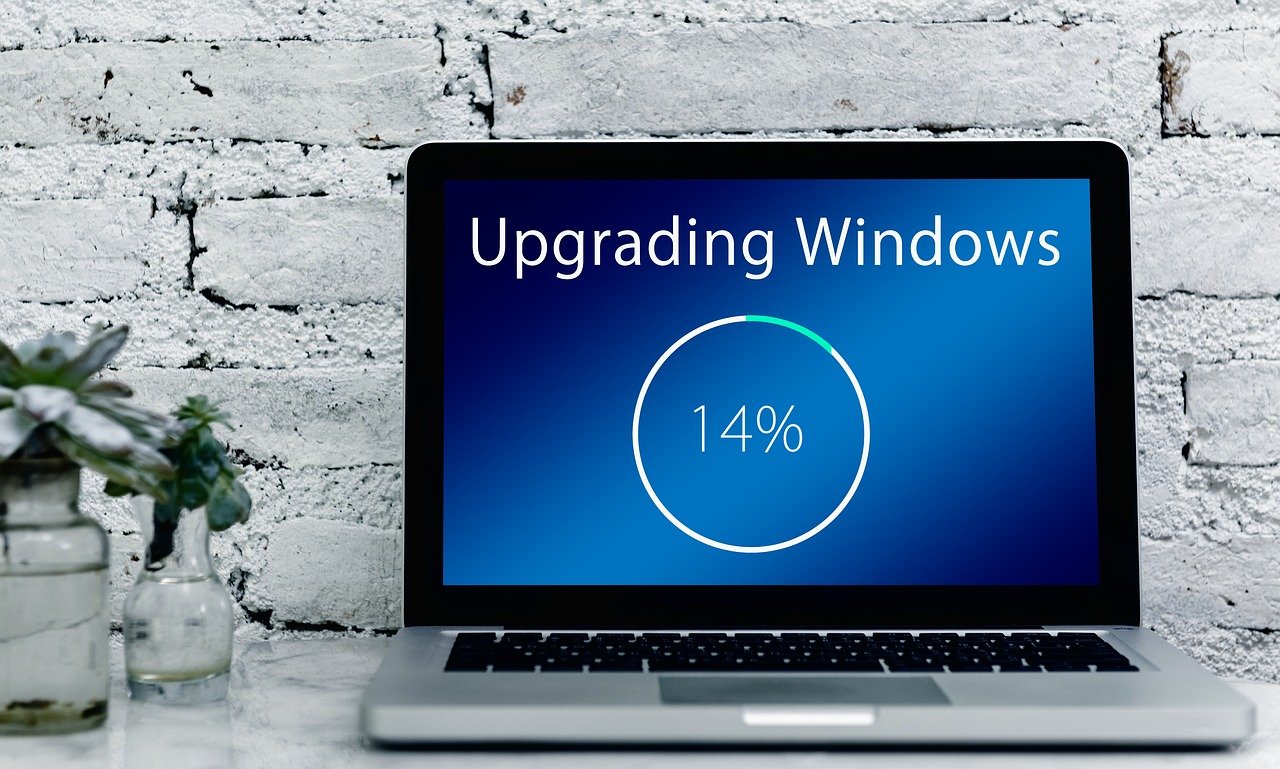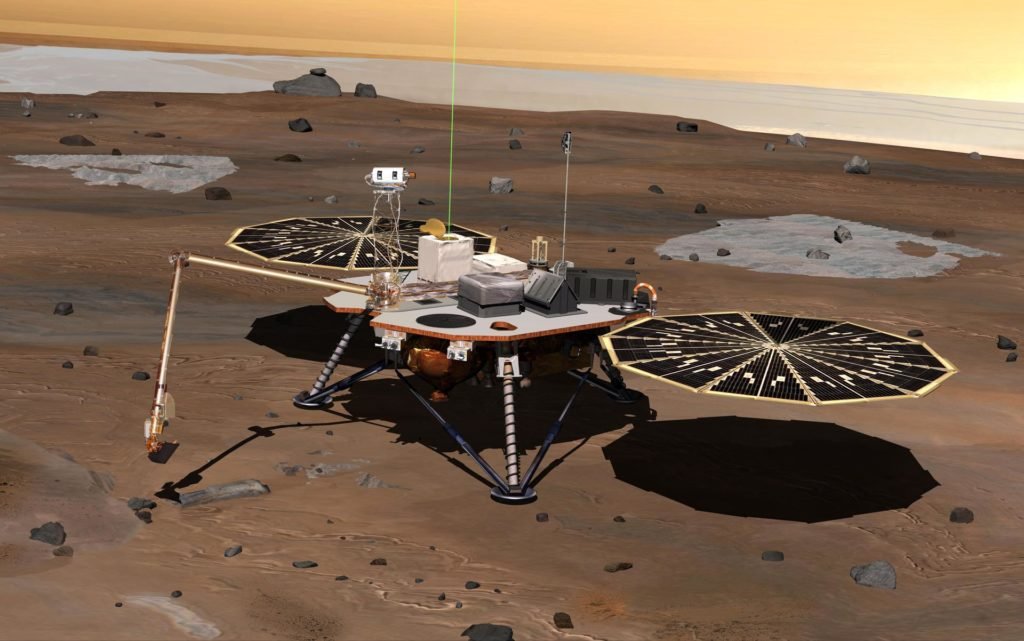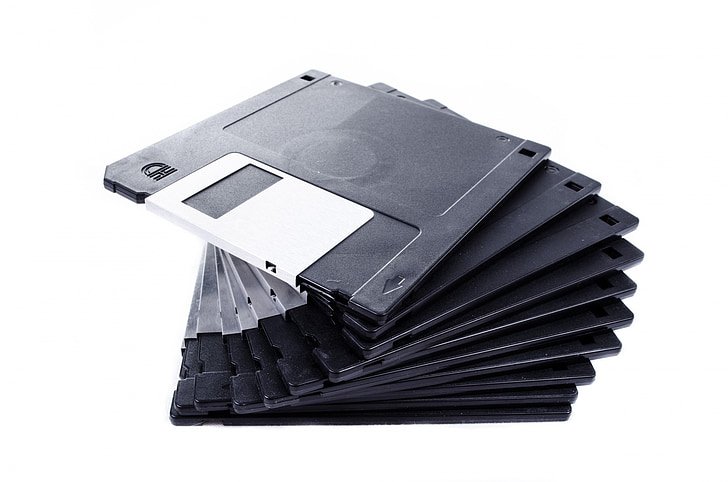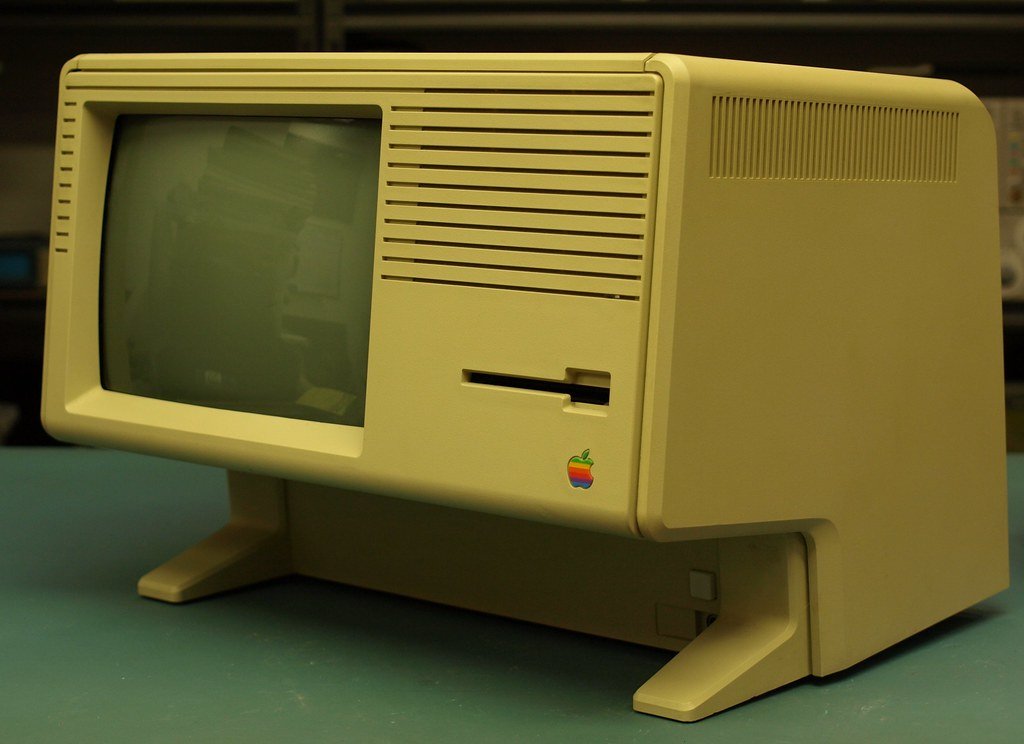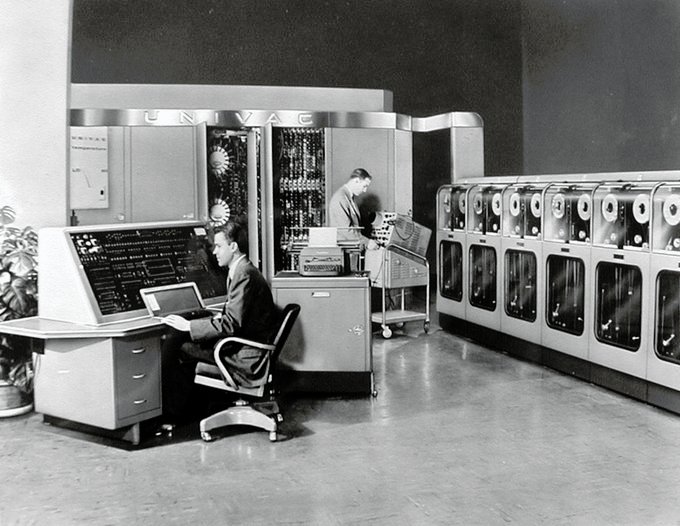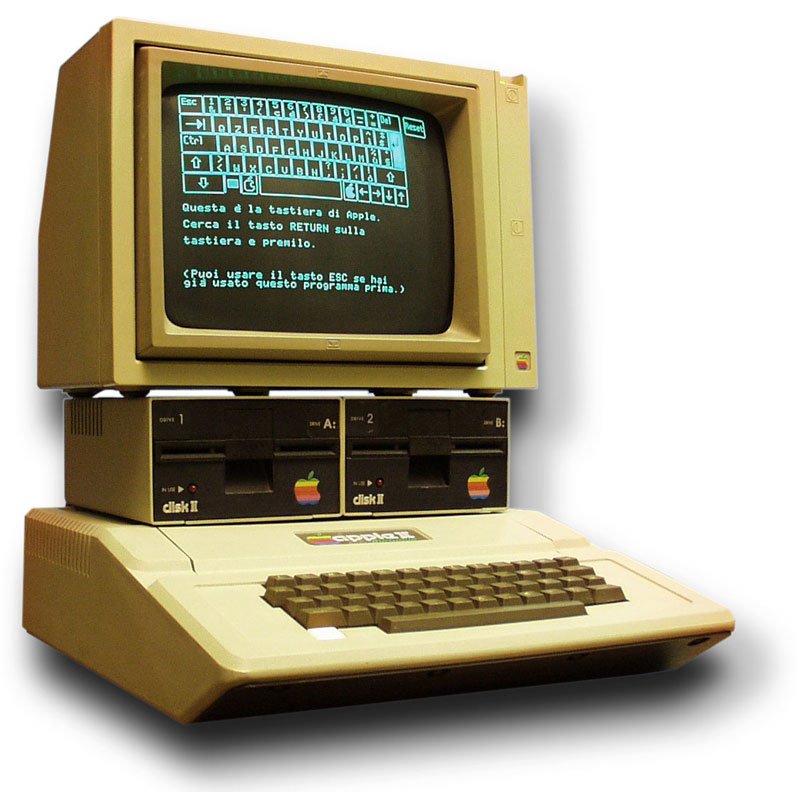In the early 1980s, amidst the burgeoning era of personal computing, the Apple Lisa emerged as a groundbreaking pioneer, forever altering the trajectory of user interfaces and computing experiences. Introduced by Apple Inc. on January 19, 1983, the Lisa (Local Integrated Software Architecture) represented a remarkable leap forward in technology, introducing concepts that would shape the future of graphical computing.
At the heart of Lisa’s innovation was its Graphical User Interface (GUI), a revolutionary departure from the text-based interfaces dominating the computing landscape at the time. With a visually intuitive system featuring icons, windows, and a mouse for navigation, the Lisa heralded a new era where users could interact with computers in a more natural and accessible manner. This paradigm shift in interface design laid the foundation for modern computing experiences, influencing not only Apple’s subsequent products but also shaping the industry-wide adoption of GUIs.
The Lisa’s operating system, aptly named Lisa OS, further distinguished itself by incorporating object-oriented programming principles. This approach treated files as documents, emphasizing a document-centric model that differed significantly from the traditional file-centric systems. The innovative operating system not only streamlined user interactions but also paved the way for the development of future operating systems, including those utilized by the Macintosh and Microsoft Windows.
Despite its technological advancements, the Apple Lisa faced formidable commercial challenges, primarily due to its initial high price point and competition from emerging IBM-compatible PCs. However, its legacy endured. The Lisa’s influence resonated through the subsequent release of the Macintosh in 1984, which integrated and refined many of the Lisa’s concepts at a more accessible price.
Table of Contents
What computer came after the Apple Lisa?
Following the Apple Lisa, the Apple Macintosh was the next significant computer released by Apple Inc. The Macintosh, introduced on January 24, 1984, built upon the innovative concepts pioneered by the Lisa but aimed for a broader consumer market with a more affordable price point.
The Macintosh shared key features with the Lisa, such as the graphical user interface (GUI) and mouse interaction, making computing more accessible and user-friendly. However, it distinguished itself by targeting a wider audience and incorporating a compact design. The Macintosh 128K, the first model in the Macintosh line, became iconic for its compact all-in-one design, featuring a 9-inch monochrome display.
One of the most memorable aspects of the Macintosh launch was the “1984” television commercial during the Super Bowl, symbolizing Apple’s commitment to challenging the status quo in the computing industry.
The Macintosh’s success marked a turning point for Apple, solidifying its position in the personal computing market. The combination of its intuitive interface and innovative design contributed to the Macintosh becoming a cultural and technological landmark, influencing the development of subsequent Macintosh models and shaping the future trajectory of personal computing.
Why was Apple computer called Lisa?

The Apple Lisa was named after Steve Jobs’ daughter, Lisa Nicole Brennan-Jobs. Steve Jobs initially denied the connection, leading to speculation about the origin of the name. However, in later years, he acknowledged the naming inspiration. Jobs’ decision to name the computer after his daughter was a personal and sentimental choice.
The story behind the name involves a complex relationship between Jobs and Brennan-Jobs. At the time of the Lisa’s development, Jobs had acknowledged paternity but was not actively involved in his daughter’s life. Naming a significant product after Lisa was seen as a gesture of recognition and acknowledgment of his parental responsibilities. It is worth noting that the Apple Lisa project was one of Jobs’ endeavors during a period when he was not directly involved with the Macintosh team, which later produced another iconic Apple product.
The choice to name the computer after Lisa not only added a personal touch but also generated intrigue and speculation about the significance of the name. Despite the commercial challenges faced by the Lisa, its unique name became a part of Apple’s history, and the computer’s impact on the development of graphical user interfaces and personal computing is still remembered today.
What was the special feature of the Lisa computer launched by Apple?
The Apple Lisa launched in 1983, was distinguished by its revolutionary Graphical User Interface (GUI), a pioneering feature that set it apart in the early landscape of personal computing. At a time when most computers utilized text-based interfaces, the Lisa introduced a visually intuitive system that included icons, windows, and a mouse for navigation. This departure from command-line interfaces marked a transformative shift, allowing users to interact with the computer in a more accessible and user-friendly manner.
The GUI of the Lisa was a watershed moment in computing history. Users could manipulate on-screen elements through the mouse, clicking icons to open applications and dragging windows to manage files. The graphical approach was not only aesthetically pleasing but also fundamentally changed the way individuals interacted with computers. This innovation laid the groundwork for the widespread adoption of GUIs in personal computing, influencing subsequent operating systems and becoming a standard feature in the industry.
Additionally, the Lisa’s operating system, Lisa OS, incorporated object-oriented programming principles, treating files as documents and emphasizing a document-centric approach. While the Lisa faced commercial challenges, its technological advancements and design principles left an enduring legacy, shaping the evolution of user interfaces and contributing significantly to the development of future Apple products, particularly the Macintosh.
The Apple Lisa: Revolutionizing the Computer World
The Apple Lisa was a significant product in the computer world, representing a milestone in personal computing history. Introduced on January 19, 1983, the Lisa (Local Integrated Software Architecture) was one of the first personal computers to feature a graphical user interface (GUI) and a mouse. Here are some key aspects of the Apple Lisa and its contributions to the computer world:
Graphical User Interface (GUI)
The Apple Lisa’s Graphical User Interface (GUI) marked a groundbreaking leap in the evolution of personal computing. With its introduction in 1983, the Lisa unveiled a transformative interface featuring icons, windows, and a novel pointing device – the mouse. This innovative design empowered users to engage with the computer in a remarkably intuitive and visually immersive manner, departing from the prevalent text-based interactions of its time.
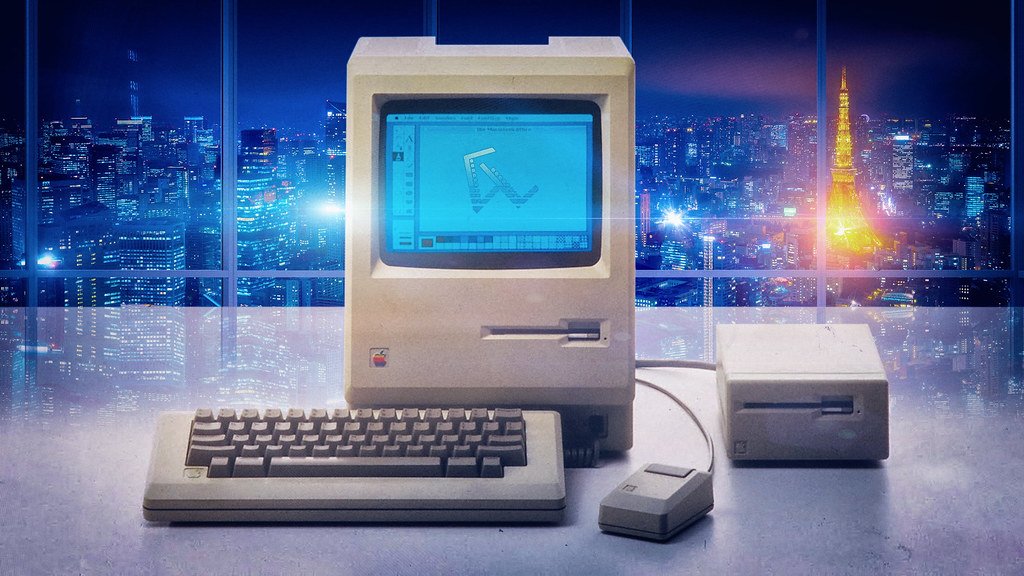
The significance of Lisa’s GUI extended beyond its immediate impact. It served as the cornerstone for future Apple products, most notably influencing the Macintosh, released just a year later. The Macintosh, building upon the principles established by the Lisa, achieved greater commercial success and widespread adoption. The user-friendly interface, characterized by graphical elements and mouse-driven navigation, became synonymous with Apple’s design philosophy.
The Lisa’s GUI not only transformed user interactions but also set a precedent for the industry, shaping the trajectory of personal computing. Its legacy endured in the seamless and visually appealing interfaces that define modern computing experiences. The synergy of innovation between the Lisa and subsequent Apple products underscores its pivotal role in steering the course of computer interface design.
Object-Oriented Operating System
The Apple Lisa’s operating system, known as Lisa OS, marked a pioneering leap in computing by embracing object-oriented programming principles. Unlike traditional systems, Lisa OS adopted a document-centric approach, treating files as individual documents rather than mere collections of data. This innovative design not only streamlined user interactions but also fundamentally shifted the paradigm of operating system architecture.
The influence of Lisa OS extended far beyond its initial implementation. Its embrace of object-oriented principles became a cornerstone in the evolution of operating systems. The impact of Lisa OS resonated notably in the development of subsequent operating systems, notably Apple’s Macintosh System Software and Microsoft Windows. These influential platforms drew inspiration from Lisa OS’s document-centric model, forever altering the way users interacted with their digital environments.
By prioritizing a user-friendly and visually intuitive document-centric approach, the Apple Lisa’s operating system became a catalyst for the transformation of computing interfaces. Its legacy endured as it laid the groundwork for the design principles that would shape the user experiences of generations to come, leaving an indelible mark on the landscape of operating system development.
Applications
The Apple Lisa was not only a technological trailblazer but also a comprehensive solution for users with its bundled set of applications. LisaWrite, the word processing application, transformed document creation by leveraging the Lisa’s graphical user interface (GUI). Users could now compose and edit text in a visually intuitive environment, a significant departure from the text-based interfaces of the time.
LisaCalc, the integrated spreadsheet application, revolutionized data manipulation and analysis. Employing the GUI, users could organize and analyze data effortlessly, marking a departure from the command-line interfaces prevalent in earlier computing systems. LisaDraw, the drawing application, enabled users to unleash their creativity by leveraging the graphical capabilities of the Lisa. This application allowed for the creation of visual content in a way that was both intuitive and user-friendly.
LisaProject, the project management application, facilitated efficient organization and planning. Users could manage tasks, timelines, and resources within a graphical framework, providing a visual representation of project workflows. These bundled applications collectively demonstrated the transformative power of the Lisa’s GUI, making tasks like word processing, spreadsheet management, creative design, and project planning more accessible and efficient. In doing so, the Lisa not only showcased the potential of graphical computing but also laid the foundation for a new era of user-friendly and visually-driven applications in the evolving landscape of personal computing.
Price and Commercial Challenges
The Apple Lisa, upon its debut in 1983, faced formidable commercial challenges primarily due to its steep initial price tag of $9,995. This pricing strategy positioned the Lisa at a premium tier, making it considerably high for the consumer market of that era. The exorbitant cost became a significant barrier to widespread adoption, limiting its appeal to a niche market segment.
Compounding the pricing hurdle were competitive pressures from IBM-compatible PCs, which were gaining traction in the market with more affordable alternatives. The Lisa’s sophisticated technology and advanced features, while groundbreaking, struggled to justify the substantial cost difference for many prospective buyers.
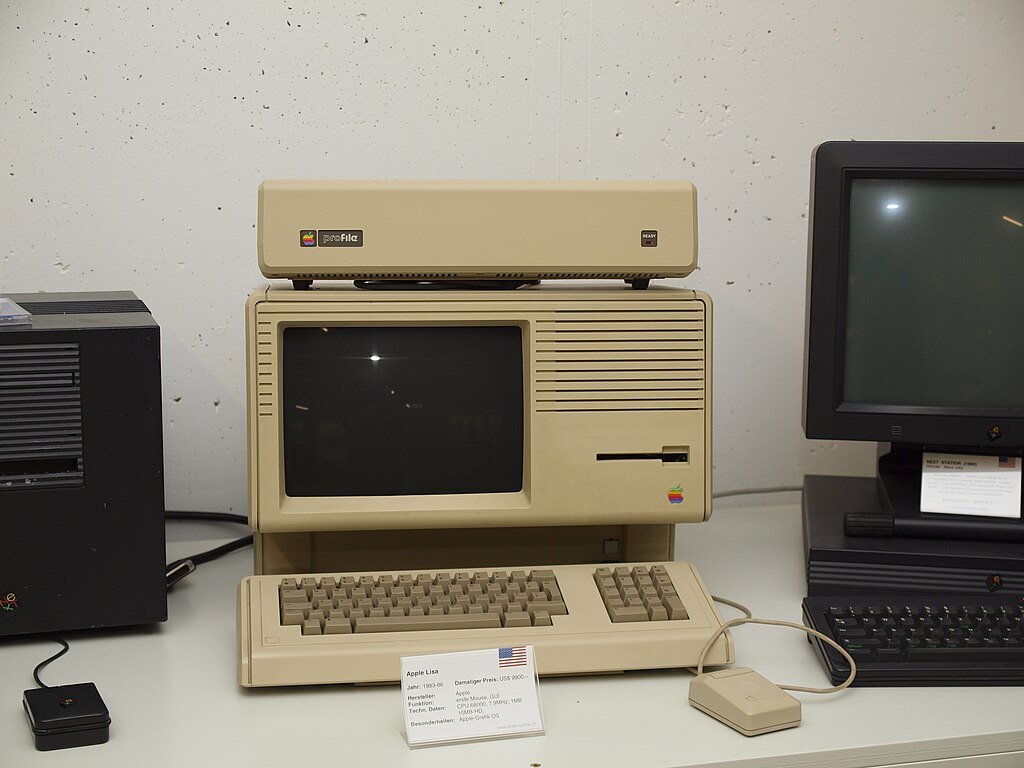
Furthermore, the imminent release of the more economically viable Macintosh in 1984 added to the Lisa’s commercial challenges. The Macintosh, sharing some of the Lisa’s innovative features but offered at a more accessible price point, drew attention away from its predecessor.
Ultimately, the confluence of these factors contributed to the Lisa’s commercial struggles, preventing it from achieving widespread success in the consumer market. Despite its technological prowess and contributions to the evolution of personal computing, the pricing dynamics and competitive landscape played a pivotal role in shaping the commercial fate of the Apple Lisa.
Legacy and Impact
Despite its commercial challenges, the Apple Lisa, introduced in 1983, played a pivotal role in shaping the trajectory of the computer industry. While not achieving widespread commercial success, the Lisa left an indelible mark with its trailblazing technological innovations and design principles.
One of the most significant contributions was the introduction of a Graphical User Interface (GUI), marking a departure from text-based interfaces prevalent at the time. The inclusion of a mouse for intuitive navigation and interaction set a new standard, transforming the way users engaged with computers. These innovations became foundational elements in personal computing, influencing subsequent operating systems and contributing to the widespread adoption of GUIs.
The Lisa’s impact extended beyond the GUI; it introduced mouse interaction as a fundamental aspect of user interfaces. Additionally, its embrace of object-oriented operating systems, treating files as documents, showcased a forward-thinking approach. These concepts became not just features of the Lisa but enduring standards, influencing the development of subsequent computing platforms.
While the Apple Lisa may not have achieved commercial success in its time, its technological legacy endured, leaving an enduring impact on the computer industry and shaping the evolution of user interfaces and computing platforms for years to come.
Macintosh and Continuation of GUI
The Macintosh, launched in 1984, seamlessly integrated and refined numerous innovative concepts inherited from the Apple Lisa. While the Lisa introduced groundbreaking features such as the Graphical User Interface (GUI), the Macintosh made these advancements more accessible by offering a competitively-priced alternative. This strategic move played a pivotal role in the widespread adoption of GUI-based computing.
The success of the Macintosh had a transformative impact on the computer industry. Its user-friendly interface, characterized by icons, windows, and a mouse, became a benchmark for personal computing. As the Macintosh gained popularity, the GUI evolved into the standard interface for personal computers, transcending operating systems and shaping the user experience across diverse platforms.
The legacy of the Macintosh, influenced by the innovative groundwork laid by the Lisa, extended beyond Apple’s ecosystem. The broader tech landscape embraced the paradigm shift towards intuitive GUIs, influencing the design and functionality of operating systems across various manufacturers. In this way, the Macintosh not only cemented Apple’s position as a trailblazer in computing but also catalyzed a revolution that fundamentally changed how individuals interacted with and experienced personal computers.
The Apple Lisa stands as a pivotal force in the evolution of personal computing, leaving an indelible mark through its introduction of transformative features. Notably, Lisa was a trailblazer in bringing forth the graphical user interface (GUI), liberating users from the confines of text-based interactions. The inclusion of a mouse further revolutionized user engagement, providing an intuitive and unprecedented means of navigating the digital realm.
Moreover, Lisa’s operating system, Lisa OS, incorporated avant-garde object-oriented programming principles. This novel approach treated files as documents, embodying a paradigm shift towards a more user-centric, document-oriented computing model. Although the Lisa encountered commercial challenges, its technological legacy proved enduring. The innovative features it pioneered became integral components of subsequent Apple products, most notably influencing the Macintosh.
Despite its initial struggles in the market, Lisa’s impact resonated beyond its time, contributing significantly to the broader evolution of computer interfaces and operating systems. The lessons learned from Lisa’s triumphs and tribulations became foundational in shaping the user experience, guiding the trajectory of personal computing into a new era of accessibility and interaction.
